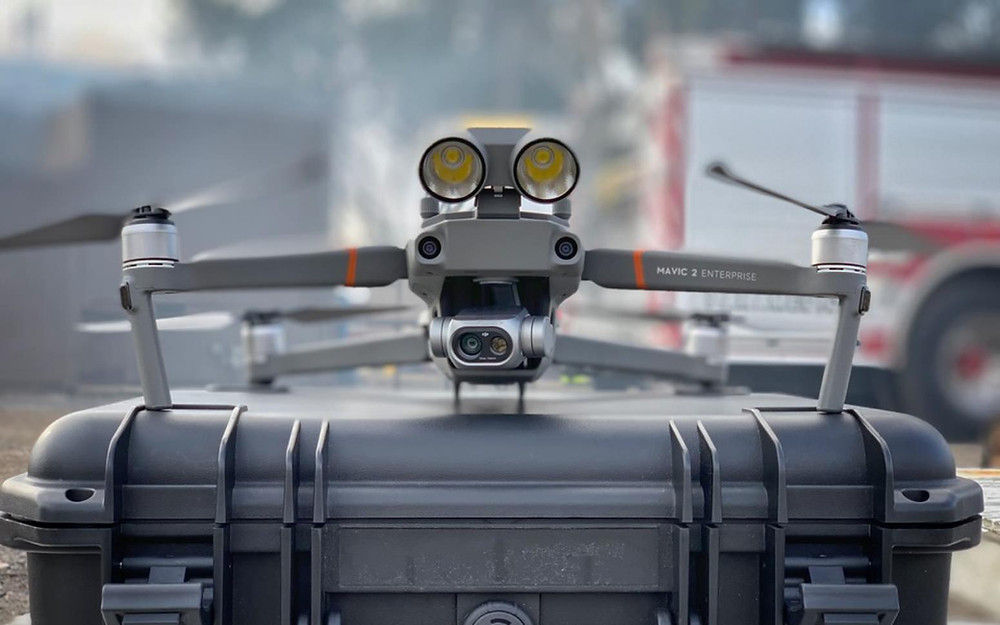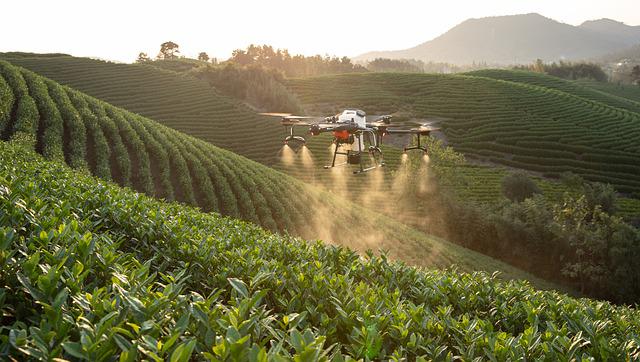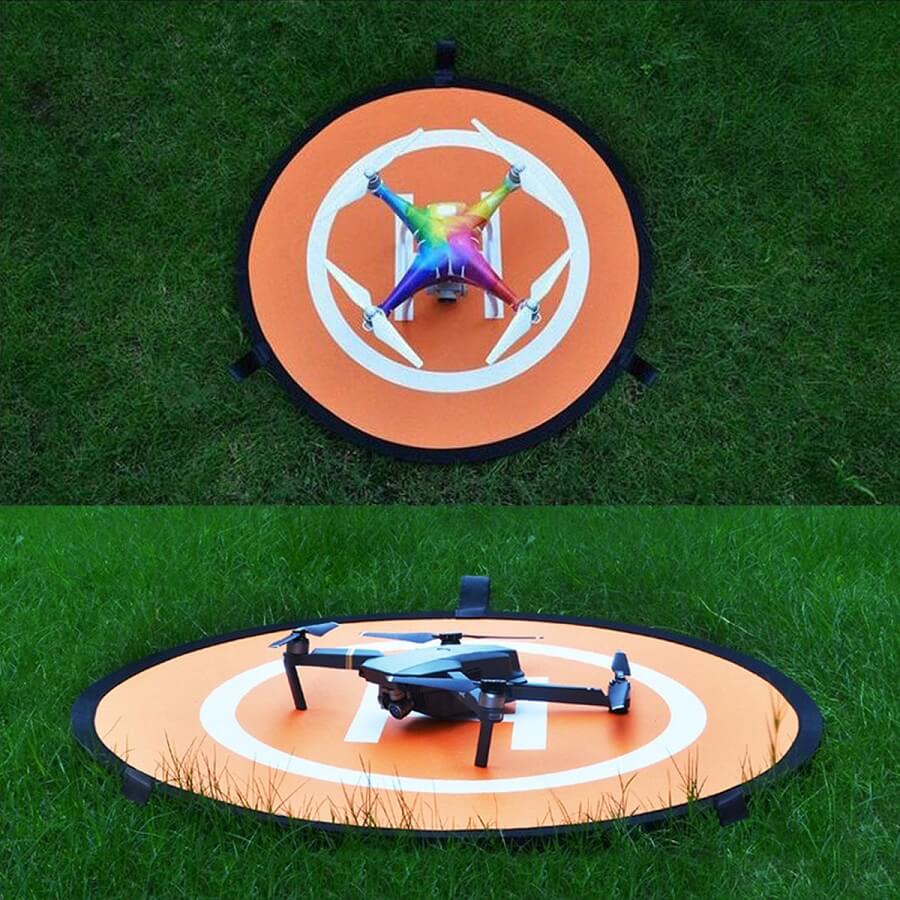
DJI Spark is the mini drone with all of the DJI technology that has made DJI so successful. The DJI Spark features intelligent flight control options, an amazing camera, and a mechanical gimbal. Even a novice pilot can create incredible footage. You can learn how to fly the mini drone and get the most from it. Continue reading for more details. *** What's special about the DJI Spark
Yuneec Breeze
The Yuneec Breeze and DJI Spark are both compact drones that can be carried around easily. You can see the difference in size and weight when you compare them cote–to-cote. Spark is less heavy than 312g. These features allow both drones and helicopters to withstand drops, as well other types of bumps.
Both drones support 4K video recording. Camera shake can be caused by the Breeze's lack of a mechanical gimbal. The DJI Spark is better at recording 4K videos with better image stabilization. Both drones are equipped with GPS, which allows them to track their position in real-time. Both drones can be controlled using hand gestures. Ultimately, it's up to you to decide which one is best for your needs.

Hover Camera Passport
If you've been looking for a camera that will take great aerial shots, you've probably seen the Dji Spark Hover Camera Passport. Its enclosed carbon fiber body is sleek and easy to grasp mid-air for photos. It even has face recognition. But the main attraction is its simplicity. It does not require any complicated controls, nor is it time-consuming. The camera is also small enough to fit into a day bag or backpack, so it's easy to bring along.
This camera has many of the same features as the Spark, including the ability to turn on and launch the camera with just your hand. It recognizes your face so it can follow you around without using a controller. It can also be controlled with gestures. However, the Passport has a far better camera than the Spark. The Passport has a 13 megapixel camera and 4K video record. This camera is recommended if you plan on using it in rugged terrain.
DJI Mavic Air
Although the DJI Spark for Mavic Air drones and Mavic Pro drones look very similar, there are some differences. The battery life is the main difference. Although the Mavic Air claimed a 21-minute flight time, hovering takes an additional 18 minutes. The Spark however, has a flight speed of 16 minutes while hovering for 12 minutes.

Mavic Air's sensors have improved their accuracy. It now comes with backward-facing sensors and an Advanced Pilot Assistance System (APAS), which allow the drone to fly through obstacles. To initiate the flight, just tap the MavicAir using your palm. When it senses your palm, the drone will automatically take off and fly around obstacles.
FAQ
Is it a crime to fly drones?
Yes, flying drones can be illegal in certain countries. These include Australia, Canada. Germany, Japan. New Zealand. Singapore. South Korea. The United Kingdom. It is however legal in many other countries such as France.
What laws apply to drones flying above private property?
The FAA has recently issued new rules for commercial drone flights. These rules apply to UAVs with a weight less than 55lbs and that fly at a height of below 400 feet from the ground. Commercial operators need to register with the FAA in order to obtain a license. When operating in restricted areas or near airports, they will need to obtain permission from the local authorities.
Can I fly my drone around my neighborhood?
Yes! These are called UAVs, or unmanned aerial vehicles. There are several types of drones available for sale today, from small quadcopters to large fixed-wing aircraft. The FAA recently released new rules for commercial UAV use, meaning that they are now legal to fly for business purposes. But, it is important to note that UAVs being flown near airports can interfere with air traffic control systems. Before you operate one, you need permission from local authorities.
How can I keep drones out of my house?
Drones are becoming more popular for home security and surveillance. Install motion sensors on your property to detect any unapproved flying objects. This will help you avoid being attacked by drones.
What are the laws regarding flying drones
The Federal Aviation Administration (FAA), regulates drone operations in the United States. The FAA must issue a certificate before you can commercially operate a drone. Next, you will need to complete a course in flying skills and pass an exam. Final, you will need to pay a fee.
What is the difference in a quadcopter from a hexacopter.
A quadcopter can be described as a quadrotor helicopter with four rotors. It flies the same way as a traditional helicopter. The quadcopter has four independent rotors. The hexacopter looks similar to a quadcopter, but it has six rotors rather than four. Hexacopters offer more maneuverability and stability than quadcopters.
Statistics
- According to industry research from ZipRecruiter , there are 10 cities where the typical salary for a Drone Pilot job is above the national average. (dronesgator.com)
- Research and Markets predict a growth rate of 51.1% over the next five years. (thedroneu.com)
- With the top 10% making over $100/h and the bottom 10% making as low as $10/h. (dronesgator.com)
External Links
How To
How to Fly Drones at a Beginning Level
A drone can be used to fly remotely controlled aircraft for photography, surveillance, scientific research, hobby and commercial purposes. Drones are a technology that has been around since World War II. DJI's Phantom quadcopters became commercially available in 2010. Since then, there have been many different types of drones available, from beginner-friendly models like the Parrot AR Drone 2.0 to professional-grade multi-rotor craft like the DJI Mavic Pro.
There are several ways to fly a drone, including;
-
Remote control - This method uses a control device attached to your hand, which enables you to steer the drone through its flight path. There are two main types: Joysticks (like a radio), and On/Off switches (like an alarm clock).
-
Manual Control – This method lets users remotely control the drone by using a smartphone app. The app will give you instructions.
-
Autonomous Flight – This is when the drone handles all the piloting tasks. It allows the drone to fly independently without any human intervention. For the autonomous flight to occur, the drone must have a built-in camera and sensors capable of capturing images and data.
-
Triggered Flight: This is similar in concept to manual control. The pilot manually creates a route and the drone then follows it until it reaches that endpoint. Once the programmed route is completed, the drone lands automatically and returns back to the base.
-
Landing Gear – Some drones are equipped with landing gear, which allows them to safely land if they lose power during flight.
-
Goggles - Some pilots wear goggles to protect themselves from debris while operating.
-
Camera - Certain drones come with cameras that allow you to take photos and videos from high above.
-
Obstacles. Some drones can have obstacle avoidance technology that stops them from hitting obstacles.
-
Speed - Some drones can reach speeds of over 40 mph.
-
Battery Life - Most drones can last between 20 minutes to 3 hours, depending on how much power you're using.
-
Distance - Some drones can travel up 30 miles depending on the model.
-
Power source - Not all drones can use an external power source. Others can run on internal batteries.
-
Weight - Some drones weigh less than 1 pound, whereas other models weigh up to 4 pounds.
-
Size - Drones can range in size from tiny devices that can fit in your palm to heavy crafts that weigh 50 pounds.
-
Price - High-end drones can go for thousands of dollars, while low-cost models start at $100.